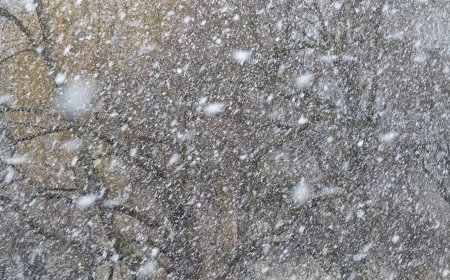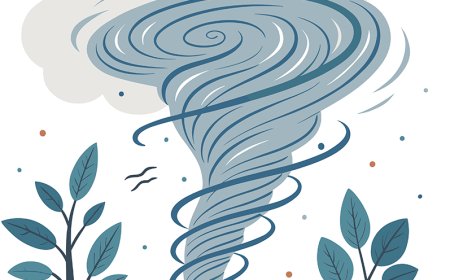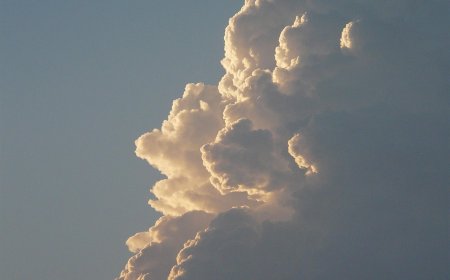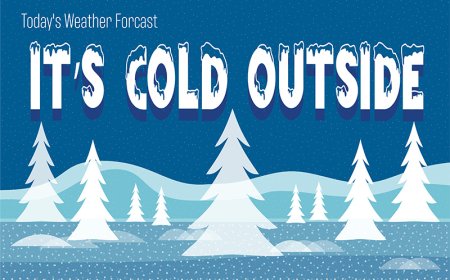What Is Hail? | How Hail Forms and Why It Falls from Thunderstorms
Learn what hail is, how it forms inside thunderstorms, and what makes it different from snow. A fun and educational guide to frozen weather for students.
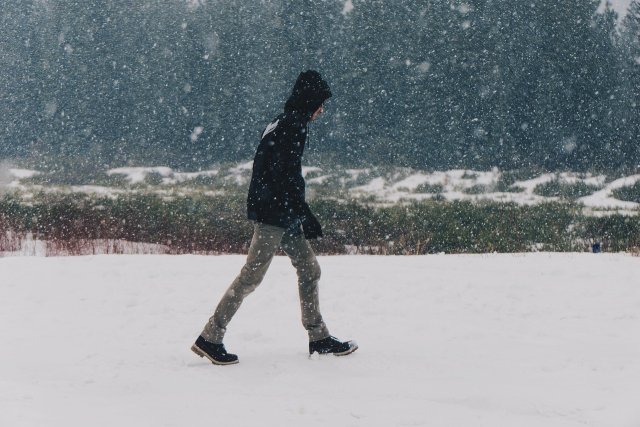
🧭 Introduction
Have you ever seen ice balls fall from the sky during a storm? That's hail! Unlike snowflakes, which form gently in cold clouds, hailstones are chunks of ice formed during powerful thunderstorms. Hail can range in size from tiny pebbles to baseballs, and it can fall at high speeds-sometimes causing damage to cars, roofs, and crops. While it might be fun to watch from indoors, hail can be dangerous. Let's explore what hail is, how it forms, and why it only shows up in certain kinds of weather.
🧊 What Is Hail?
Hail is a type of precipitation that falls as balls or lumps of ice. It forms inside strong thunderstorm clouds, especially cumulonimbus clouds, which are tall, towering clouds full of energy.
Unlike snow or sleet, which form in cold weather, hail happens during warm-weather thunderstorms. That might sound strange, but inside the cloud, it's cold enough for ice to form, even when the air on the ground is warm.
🌩️ How Does Hail Form?
Hail forms high up inside thunderstorm clouds when strong winds, called updrafts, push rain upward into the very cold parts of the cloud. Here's what happens:
-
Raindrops are carried upward by powerful updrafts.
-
As they rise, they freeze into tiny balls of ice.
-
These frozen balls fall, pick up more water, and get pushed up again.
-
Each time they rise and fall, more layers of ice build up.
-
When the hailstone gets too heavy for the updraft to hold, it falls to the ground.
The stronger the updraft, the larger the hail can become!
🌨️ What Makes Hail Different from Other Frozen Precipitation?
| Type | Forms in Cloud | Falls as Ice? | Needs Thunderstorm? |
|---|---|---|---|
| Snow | Yes | ❄️ Snowflakes | No |
| Sleet | Yes | ❄️ Tiny pellets | No |
| Hail | Yes | 🧊 Hard ice balls | Yes (thunderstorm) ✅ |
Hail is the only kind of frozen precipitation that forms in strong thunderstorms, not just cold weather.
🧠 How Big Can Hail Get?
Hailstones come in many sizes:
-
Pea-sized (¼ inch)
-
Marble-sized (½ inch)
-
Golf ball-sized (1.75 inches)
-
Baseball-sized (2.75 inches)
-
Grapefruit-sized or even bigger!
The largest hailstone ever recorded in the U.S. fell in South Dakota in 2010. It was 8 inches wide and weighed nearly 2 pounds!
🌾 Why Is Hail Dangerous?
Hail can be damaging and dangerous, especially when it's large or falls with strong winds:
-
Breaks windows and dents cars
-
Destroys crops and plants
-
Injures people and animals caught outside
-
Damages roofs and buildings
That's why it's important to stay inside during a hailstorm and protect your head if you can't get to shelter.
🌍 Where and When Does Hail Occur?
Hail is most common in areas with strong thunderstorms, such as:
-
The Great Plains of the United States (known as "Hail Alley")
-
Texas, Oklahoma, Kansas, Nebraska, and Colorado
-
Mountain areas where rising air helps create thunderstorms
Hail usually falls in the spring and summer, when warm air and strong thunderstorms are most likely.
🧰 Hail Safety Tips
-
If a hailstorm is coming, go indoors immediately
-
Stay away from windows-hail can break glass
-
If you're in a car, pull over and cover your head
-
Never go outside to "catch hail"-even small stones can hurt
-
Protect pets and animals by bringing them indoors
📚 Vocabulary Words
| Word | Definition |
|---|---|
| Hailstone | A ball or lump of ice that falls from a thunderstorm |
| Updraft | A strong upward wind in a storm cloud |
| Cumulonimbus | A tall, powerful thunderstorm cloud |
| Precipitation | Water that falls from the sky (rain, snow, hail, etc.) |
| Hail Alley | A region in the central U.S. known for frequent hailstorms |
💡 Interesting Facts About Hail
-
Hailstones often have layers like an onion, formed each time they rise and fall in a cloud.
-
You can cut a hailstone open to see how many times it traveled inside the cloud!
-
Hail can fall at speeds over 100 miles per hour if large enough.
-
The costliest hailstorm in U.S. history happened in Texas in 2001, causing over $2 billion in damage.
-
Even spacecraft on other planets may be hit by hail-like ice from alien storms!
👧 Kid-Friendly Summary
Hail is ice that falls from the sky during big thunderstorms. It forms when raindrops are pushed high into cold clouds and freeze, then fall to the ground as hard balls of ice. Some hail is small, but some can be really big and dangerous! When there's hail, it's best to stay safe inside and watch from a window (away from the glass).
✅ Interactive Quiz
Q1: What is hail made of?
A. Snowflakes
B. Water vapor
C. Ice balls
D. Rain
Q2: What kind of cloud makes hail?
A. Cirrus
B. Stratus
C. Cumulonimbus
D. Cumulus
Q3: What helps hailstones grow inside the cloud?
A. Lightning
B. Updrafts
C. Wind on the ground
D. Sunshine
Q4: Where is "Hail Alley" located?
A. California
B. Florida
C. Central U.S.
D. Alaska



















































